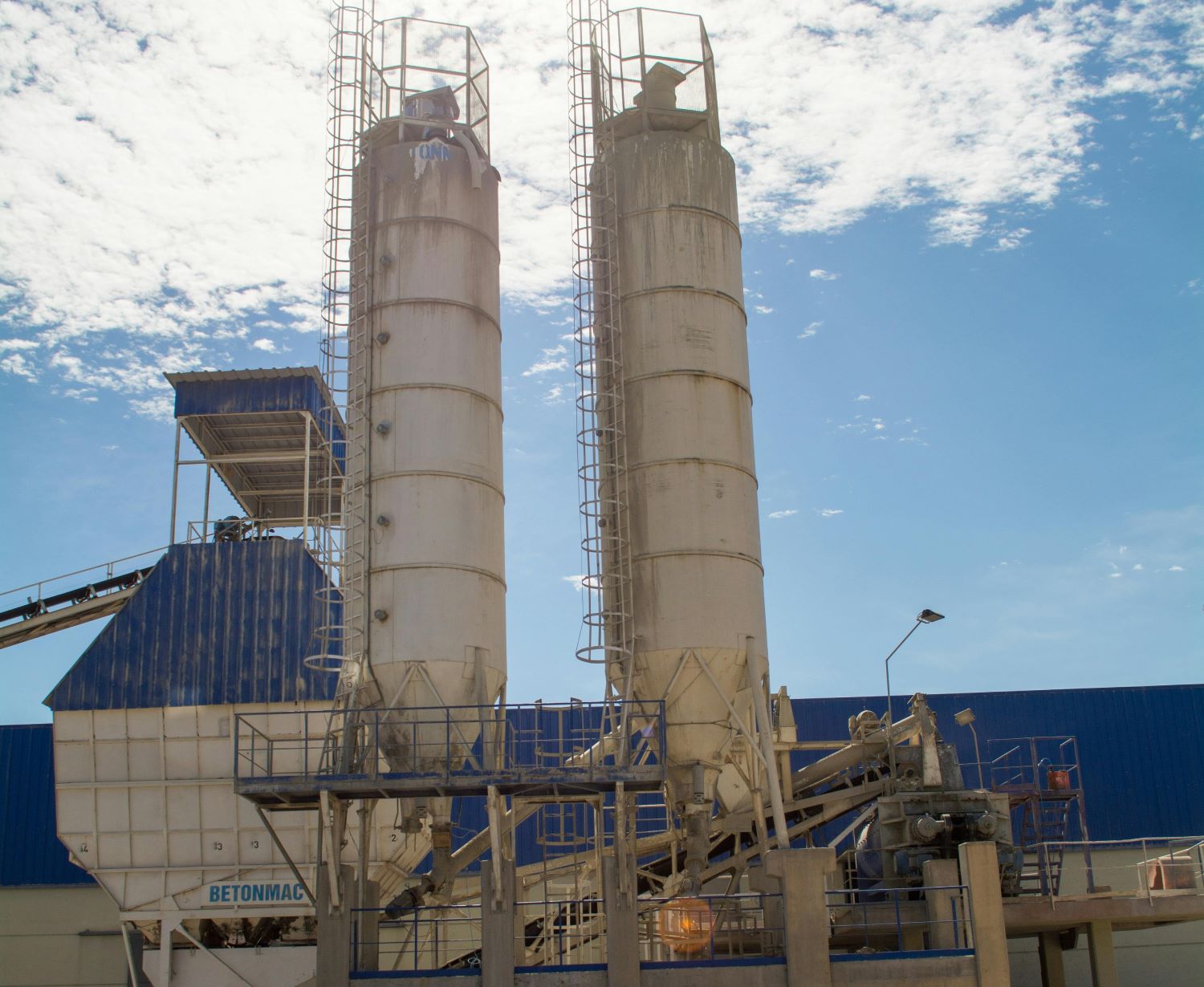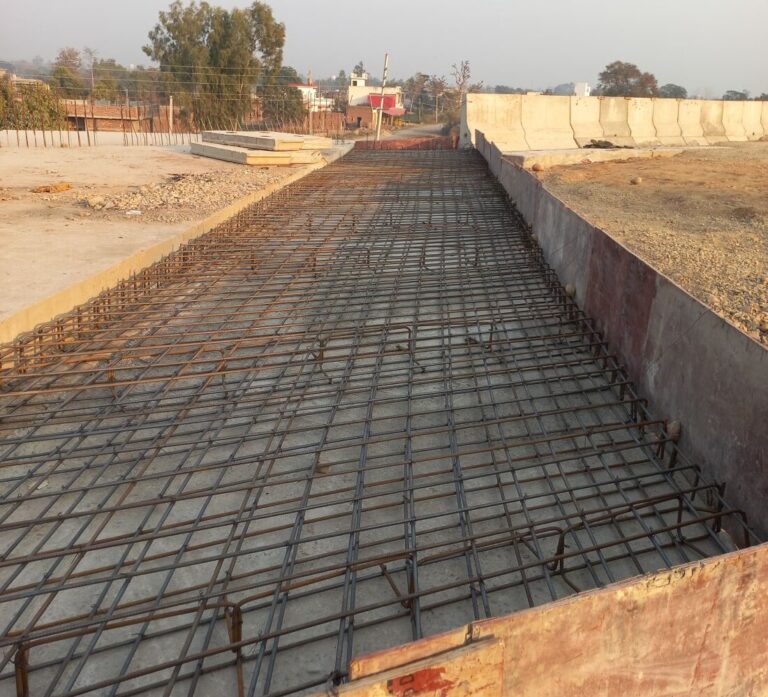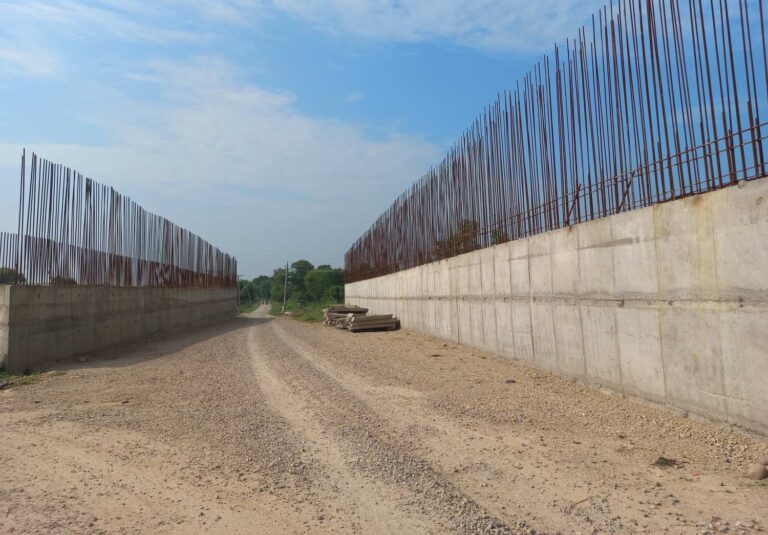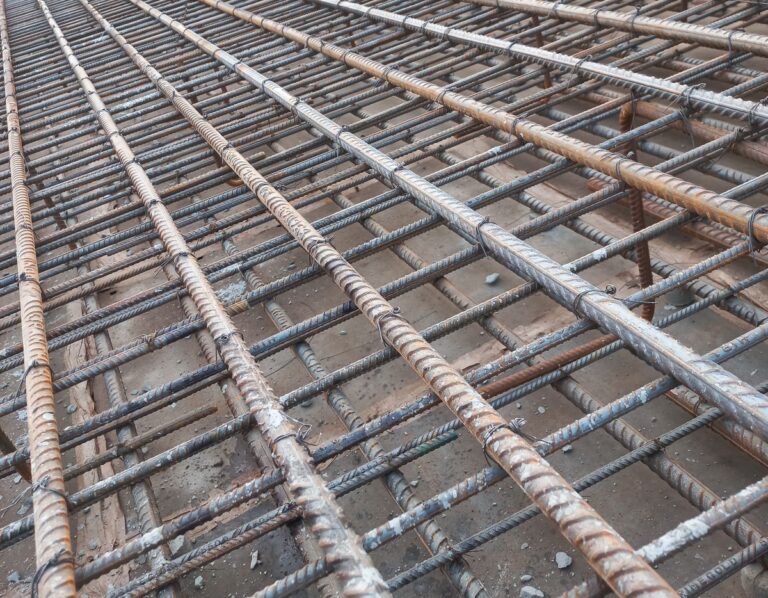PCC stands for plain cement concrete which does not contain steel, in the other hand RCC stands for reinforced cement concrete which contain steel. Due to RCC contain steel it is backbone of any structure stability. Plain cement concrete is suitable to take only compressive loads because of it does not contain steel but Reinforced cement concrete is suitable to take all type of heavy loads and stresses because of it contain steel bars.
Plain cement concrete
plain cement concrete is a mixture of cement, sand, water and aggregate. Plain cement concrete is generally used in base or bed foundation of any structure because of Plain cement concrete is water absorber in nature.
reinforced cement concrete
reinforced cement concrete is those concrete which contain steel, it is mixture of sand, cement, water and aggregates. RCC is used in Raft, wall, beam, and slab part of any structure because of their strong stability and heavy load bearing capacity.
the difference between PCC and RCC in detail through the complete table:-
| S.No. | Plain Cement Concrete (PCC) | Reinforced Cement Concrete (RCC) |
|---|---|---|
| 1 | Cannot be used for heavy loads and bearing forces like columns, pier caps, and slabs. | Can be used for making columns, beams, and other heavy load structures like pier caps. |
| 2 | Use of steel is not allowed. | Composed of water, aggregate (coarse and fine), cement, chemicals, sand, and especially steel. |
| 3 | Suitable for making base structures and light load elements like floors, beds, bases, etc. | Used for high compressive works like dams, bridges, slabs, rafts, walls, pier caps, etc. |
| 4 | Low strength and weak density make it less safe for construction. | Safer for constructions compared to buildings made of PCC. |
| 5 | Metal fatigue limit is low. | Metal fatigue limit is high. |
| 6 | Twists and turns less than RCC. | Twists and turns more than PCC, aiding in the creation of zigzag structures. |
| 7 | Good choice for small structures. | Ideal for constructing very strong structures. |
| 8 | Cheaper than RCC. | More expensive due to the inclusion of steel. |
| 9 | Takes less time to settle. | Takes longer time to set. |
| 10 | Not durable for long-term use. | Durable for long periods. |
| 11 | Steels can be tested using magnets for removal. | No need to test using magnets. |
| 12 | High strength is not required. | High strength is crucial for ensuring safety in heavy load constructions like bridges and highways. |
| 13 | Cracks can be seen and repaired. | Cracks are not acceptable and cannot be seen in strong foundations like dams. |
| 14 | Requires no long-term maintenance, hence less spending on skilled labor. | Requires skilled employees and professionals for construction. |
| 15 | Lack of steel results in poor stretchability. | Steel and concrete provide good stretchability and compressive strength. |
| 16 | PCC chunks are usually between 10 mm to 40 mm. | According to IS code, RCC lump sizes should not be less than 125 mm. |
| 17 | Materials used lead to low deflections. | Materials used lead to more deflections. |
| 18 | Takes less time to mix due to no reinforcement. | Takes more time to mix due to steel components. |
| 19 | Construction time is shorter compared to RCC. | The use of steel bars increases the time needed to complete an RCC structure. |
| 20 | Concrete ratio is 1:2:4, 1:3:6, or 1:4:8. | Ideal concrete ratio is 1:1.5:3, but it can vary based on site size. |
| 21 | PCC grades are generally M5, M10, M15. | RCC grades include M20, M25, M30, M35, M40, M60. |
Things you should take care while using these Concrete Cements
When using PCC or RCC, ensure accurate mixing ratios and high-quality materials to achieve the desired strength and durability. Use clean, potable water, and avoid impurities in aggregates. For RCC, ensure proper placement and spacing of steel reinforcement to prevent corrosion and enhance structural integrity. Adequate curing is crucial for both PCC and RCC to prevent cracks and achieve optimal strength. Proper compaction during pouring is essential to eliminate air voids, increasing the structure’s durability. Follow safety protocols to prevent accidents during mixing, pouring, and curing processes. Regular maintenance checks are necessary for RCC structures to address any potential structural issues over time, ensuring long-term safety and performance.
You should choose PCC (Plain Cement Concrete) or RCC (Reinforced Cement Concrete) and why?
Choosing between PCC (Plain Cement Concrete) and RCC (Reinforced Cement Concrete) depends on the project requirements. For structures that do not bear heavy loads, such as floors, beds, and bases, PCC is a suitable choice due to its cost-effectiveness and ease of use. PCC is cheaper, requires less time to mix and set, and involves less labor and maintenance.
However, for structures requiring high strength and durability, such as columns, beams, bridges, dams, and high-load bearing components, RCC is the preferred choice. RCC incorporates steel reinforcement, providing excellent tensile strength and flexibility, which is crucial for withstanding heavy loads and preventing cracks. While RCC is more expensive and takes longer to construct due to the steel components and the need for skilled labor, its long-term durability and safety benefits make it essential for critical structures. Therefore, the choice between PCC and RCC should be based on the specific load-bearing and structural requirements of the project.
conclusion
In conclusion, the choice between PCC and RCC depends on the specific requirements of the construction project. PCC is ideal for light-load structures like floors and bases due to its cost-effectiveness and ease of use. However, for heavy-load structures such as columns, beams, and bridges, RCC is indispensable due to its superior strength and durability provided by the steel reinforcement. Understanding the differences and appropriate applications of PCC and RCC ensures that construction projects are safe, efficient, and cost-effective, meeting the necessary structural demands and longevity requirements.
What is RCC and PCC?
RCC (Reinforced Cement Concrete) includes steel reinforcement to provide tensile strength, making it ideal for heavy-load structures. PCC (Plain Cement Concrete) lacks reinforcement and is used for light-load structures like floors and bases.
Why is RCC better than PCC?
RCC is better than PCC for heavy-load structures due to the added tensile strength from steel reinforcement, making it more durable and capable of withstanding higher stresses without cracking.
What is PCC in construction?
In construction, PCC (Plain Cement Concrete) is a mixture of cement, water, and aggregates used for non-reinforced applications such as flooring, walkways, and other light-load bearing structures.
What is RCC in construction?
RCC (Reinforced Cement Concrete) in construction involves a mixture of cement, water, aggregates, and steel reinforcement, providing high tensile strength and durability for heavy-load bearing structures like beams, columns, and bridges.









[…] team using a vehicle which name is transite mixture, to transport green concrete from batching plant to construction […]
[…] a reinforcement material, typically steel. The concrete provides compressive strength, while the steel reinforcement offers tensile strength, making the combination incredibly strong and durable. This synergy between […]